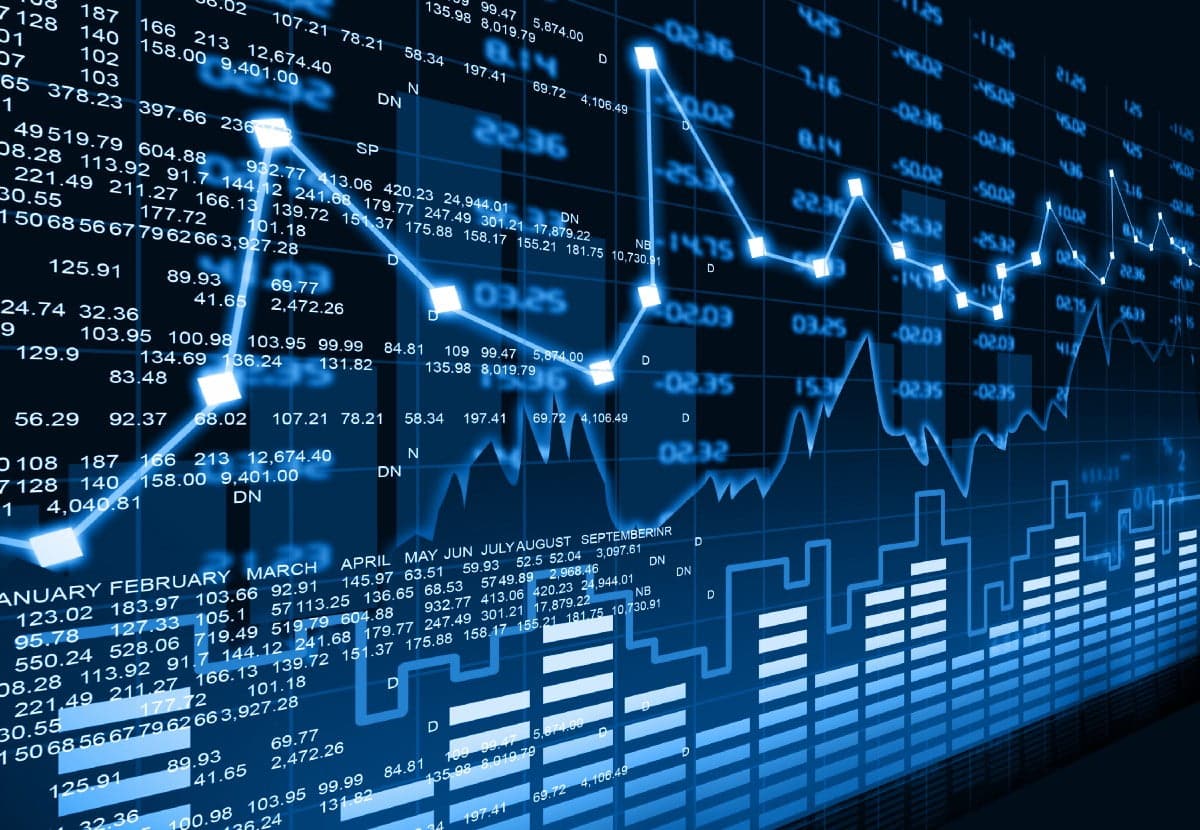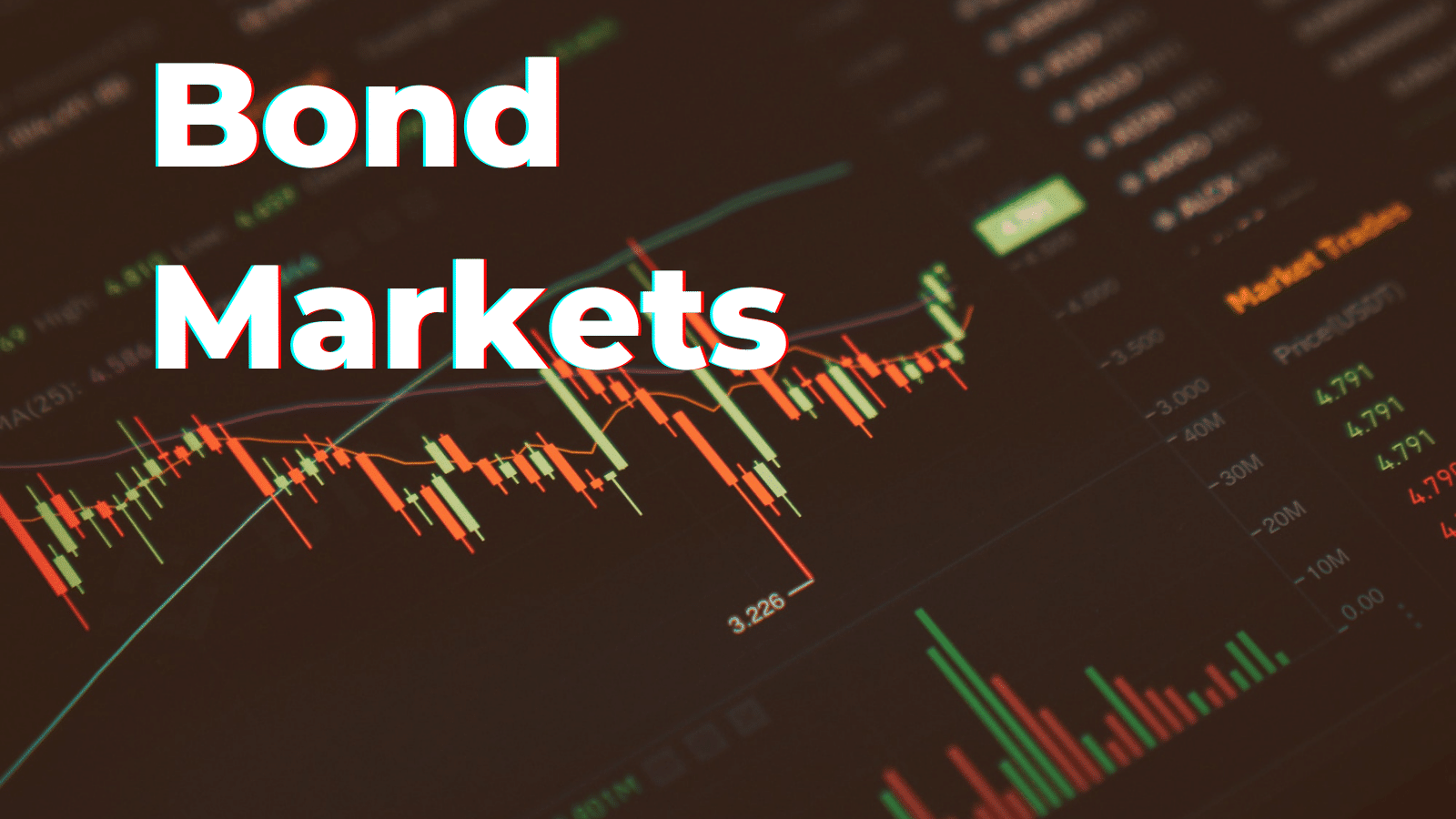Curated content. You can find the original content here. By Ahmed Butt
As algorithmic trading becomes the norm in many capital markets around the globe, it is still a relatively new concept on the Tadawul, which capital market institutions continue to observe with intrigue. Although there has been no formal guidance on algorithmic trading from the Capital Market Authority (CMA) or Tadawul, in recent years, there have been a number of developments that indicate a shift towards an optimal environment where high-frequency trading methods (such as algorithmic trading) could potentially thrive.
Shift Towards an Optimal Environment for HighFrequency Trading
2018: Short Selling Regulations
Short selling is an important component of high-frequency traders’ activities. The Short Selling Regulations in 2018 allowed short selling on Tadawul for the first time in 2018. This can be viewed as a pioneering step towards facilitating activities such as algorithmic trading, although the regulations do not refer to high-frequency trading of any type.
2021: Amended Market Conduct Regulations
The Market Conduct Regulations were amended earlier this year to clarify that the prohibition on manipulative and deceptive acts applies when an order is executed by using any means – including “technical tools” to generate and enter orders automatically based on pre-defined instructions or calculations. This clarification implies that the market is preparing for an increase in high-frequency trading such as algorithmic trading.
Tadawul’s “G Channel”
The Tadawul’s Trading & Membership Procedures refer to a dedicated channel for placing automated orders based on pre-defined calculated instructions – known as “G Channel”. However, market participants cite limited use of the channel thus far.
Potential Hurdles: CMA Plan 2021 to 2023
While the CMA Plan 2021 to 2023 states a strategic goal of “facilitation of development of data solutions and financial technology”, it also notes the risk associated with “Dangers of Financial Technology Innovations”. Although there is no express mention of high-frequency trading, it is a broad concept based on the principle that fast technological advancement may impact supervision and stabilization in the market, which may, in turn, impact the attractiveness of the market and its feasibility
Vision 2030: Will High-frequency Trading Volume Increase on Tadawul?
In order to thrive, algorithmic trading requires sufficient trading volume driven by institutional investors. The overall volume traded on Tadawul per day in 2021 is at its highest at US$2.7 billion (up from only US$1 billion per day in 2019) – although it is still majority retail driven rather than institutional. One of the stated aims of Vision 2030 is to increase the participation of institutional investors to 44% by 2025. If that is achieved, the environment may gradually become optimal for algorithmic trading.
Considerations for Legal and Compliance Teams
As interest in high-frequency trading grows, legal and compliance teams should conduct appropriate due diligence bespoke to their institution’s proposed high-frequency trading activity on Tadawul.
Originally Published September 2021
The content of this article is intended to provide a general guide to the subject matter. Specialist advice should be sought about your specific circumstances.



